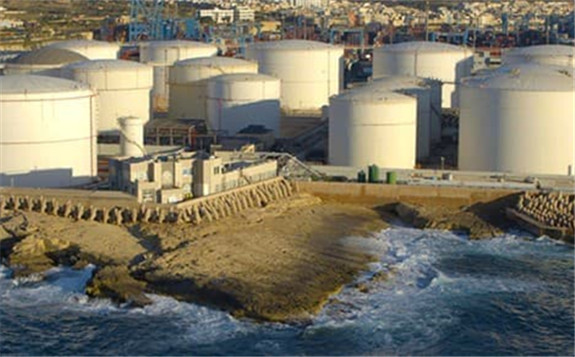Oil demand is expected to be down by nearly 30 million barrels per day (mb/d) in April and down by almost 10 mb/d for the entire year, according to the latest estimates. But some forecasts still optimistically assume that demand bounces back in the second half of the year, a scenario that may not come to pass.

Since February, investment banks repeatedly revised down their numbers with each passing week. It took until April for the consensus to arrive at a temporary demand hit of 25 to 30 mb/d. However, many forecasts still assume the global economy rebounds after the second quarter in a “V-shaped” recovery.
For example, the IEA’s latest Oil Market Report, released on Wednesday, painted a dire portrait of global demand, but it nevertheless assumes that there is a resurgence in demand close to normal levels by the end of the year.
But there are multiple reasons why the global economy may not return to anything close to “normal” even by the end of 2020.
One of the principle reasons should be an obvious one – the global pandemic is far from over. The rate of infections in Europe and in some parts of the U.S. has flattened, sparking calls to lift stay-at-home orders. But glimmers of hope may be misleading. “The problem is that most countries have an overall infection penetration below 5%. The moment the restrictions are relaxed the daily infection rates will spike back up again,” Bjarne Schieldrop, chief commodities analyst at SEB, said in a report.
“Thus, rather than moving from ‘deep-freeze lock-down’ in Q2 and then directly to ‘all-back-to-work’ in Q3 we are more likely going to move to ‘semi-lock-down’ as well as repeated start-stop, start-stop moves going forward as governments try to ease restrictions but then must pull back again as infection rates revives again,” Schieldrop warned.
SEB agreed with the broader consensus that the low point for oil demand will be April and May. But the bank said that demand won’t simply bounce back after that. “Covid-19 is basically still ahead of us. The road to oil demand normality may thus be much more muted than V-shaped,” Schieldrop concluded.
Current WTI and Brent futures assume $40 per barrel in 2021, based largely on the hopes of a V-shaped bounce back. Schieldrop said that there is a “high risk” that the optimism surrounding a V-shaped recovery will be dashed in the next two months, which could reset price expectations for the next year or two.
The second reason why demand may not bounce back (and obviously related to the first) is that the global economy is in trouble. Just days ago President Trump said the economy would “boom” once the lockdown measures are lifted.
But a new working paper from the National Bureau of Economic Research says that U.S. GDP could contract by 11 percent in the fourth quarter of 2020, year-on-year.
The International Monetary Fund warned that the world is facing the worst downturn since the Great Depression in the 1930s. “The magnitude and speed of collapse in activity that has followed is unlike anything experienced in our lifetimes,” Gita Gopinath, IMF chief economist, said this week.
An estimated 22 million people filed for unemployment insurance in the last few weeks in the U.S., and many of those jobs may not come back later this year.
Ultimately, economic activity may not rebound until a vaccine is readily available, or at least a robust system of testing that allows for a reopening of sections of the economy. As the New York Times notes, there is data showing a hit to regional economies in the U.S. that in some cases preceded lockdown orders, evidence that people stayed home and held back spending on their own, fearing the virus.
That means that simply lifting stay-at-home measures does not return the economy to “normal.” A lot of people will likely continue to stay home until they feel safe.
That is a message that CEOs of major businesses themselves made to President Trump on a conference call on Wednesday.